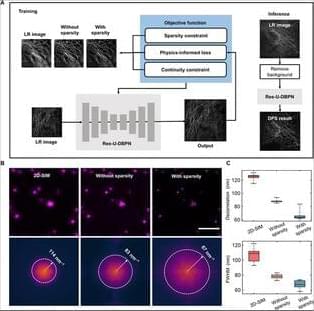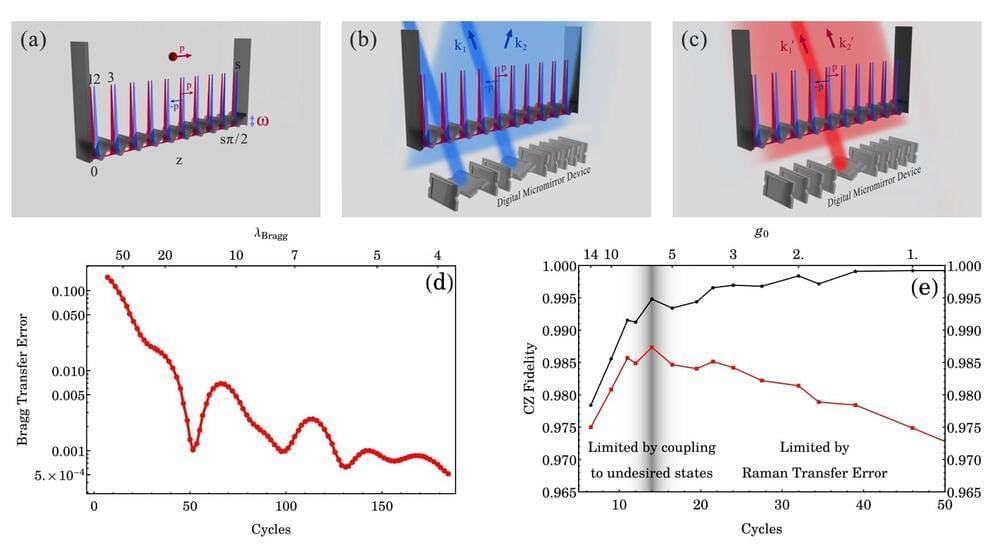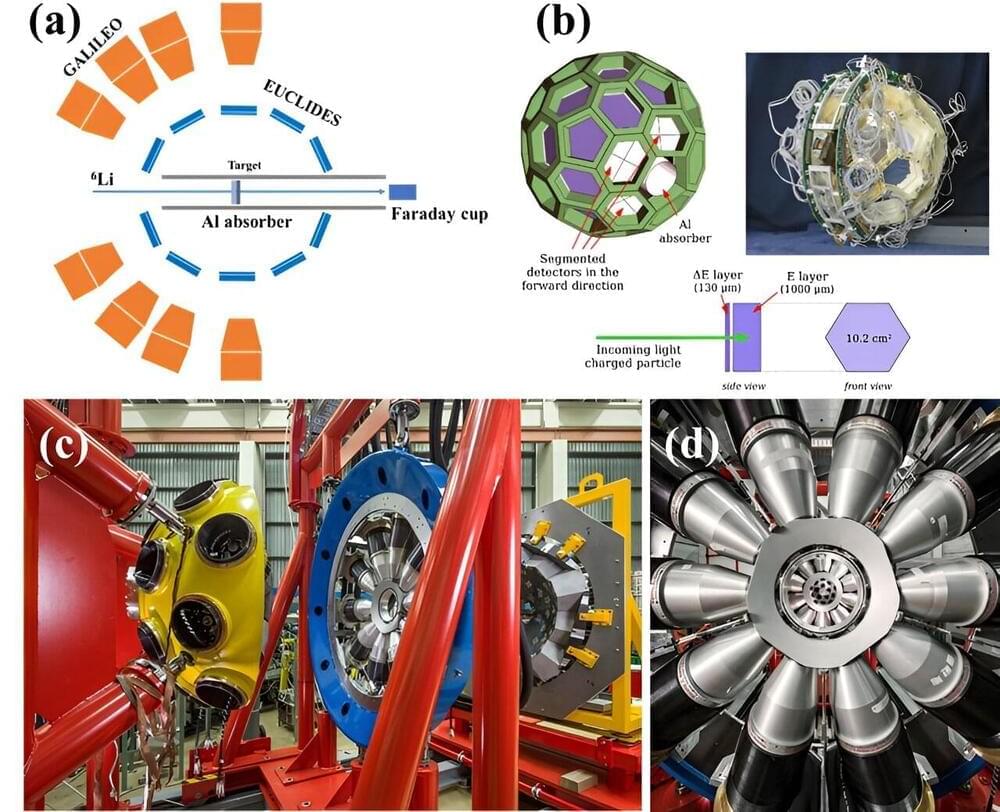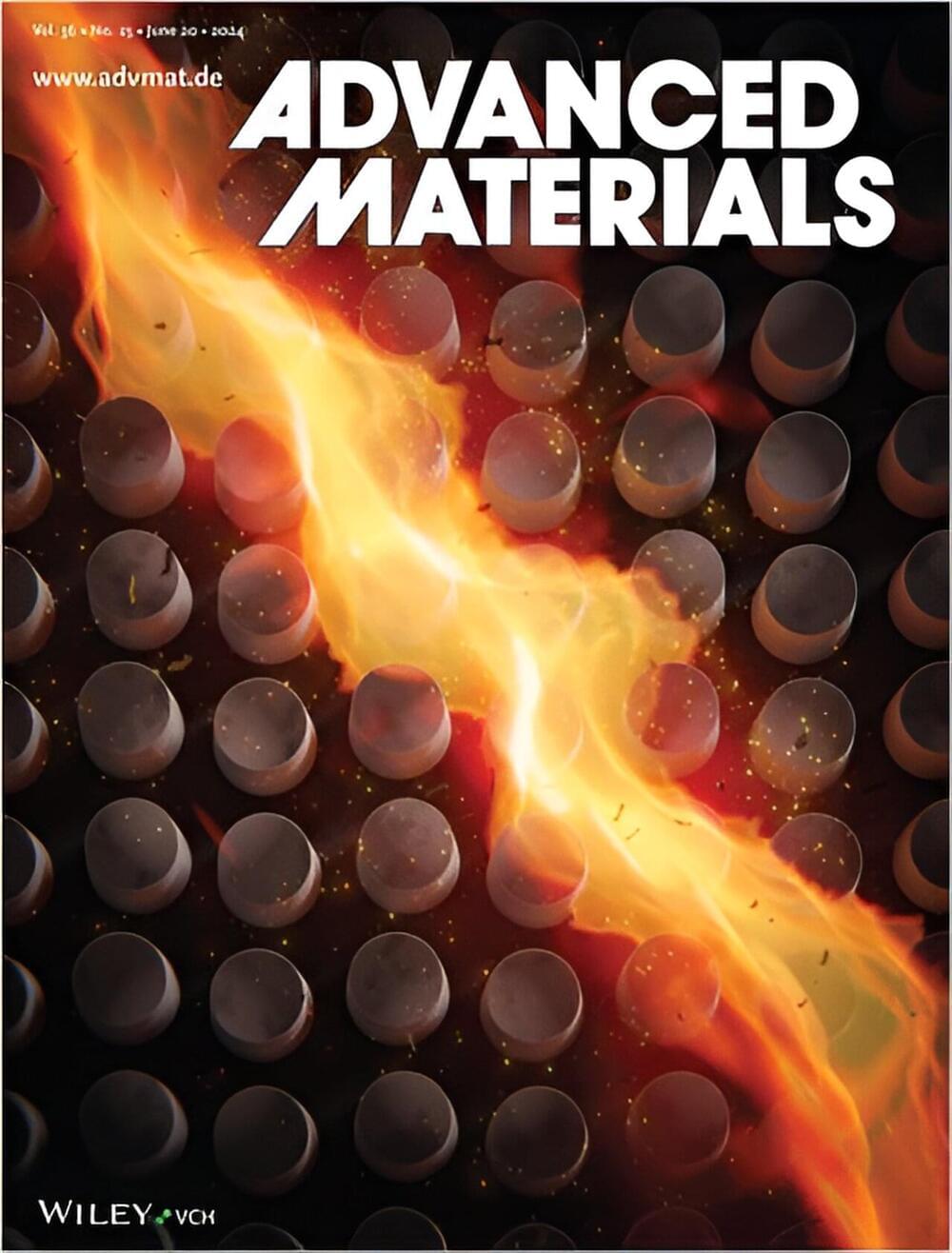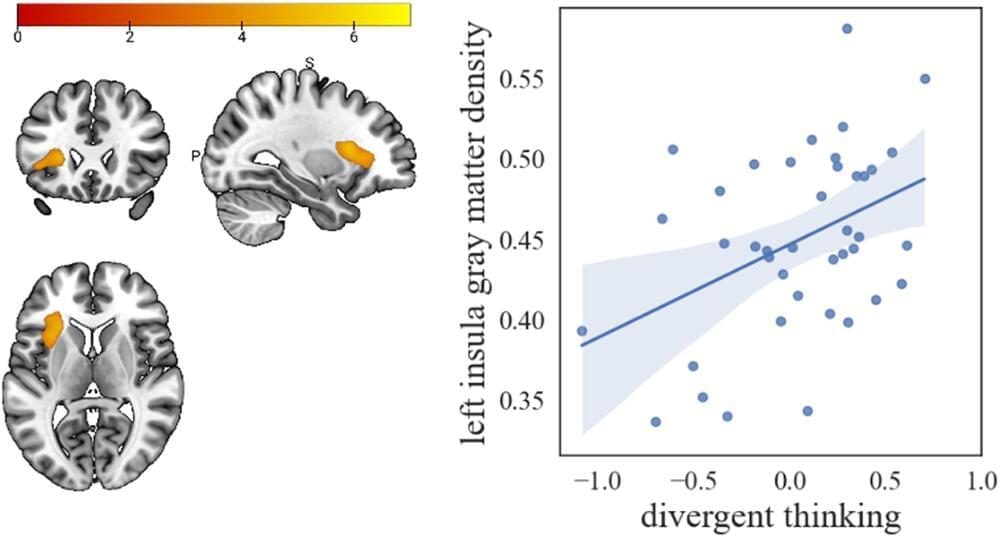As a supplement to optical super-resolution microscopy techniques, computational super-resolution methods have demonstrated remarkable results in alleviating the spatiotemporal imaging trade-off. However, they commonly suffer from low structural fidelity and universality. Therefore, we herein propose a deep-physics-informed sparsity framework designed holistically to synergize the strengths of physical imaging models (image blurring processes), prior knowledge (continuity and sparsity constraints), a back-end optimization algorithm (image deblurring), and deep learning (an unsupervised neural network). Owing to the utilization of a multipronged learning strategy, the trained network can be applied to a variety of imaging modalities and samples to enhance the physical resolution by a factor of at least 1.67 without requiring additional training or parameter tuning.
A trio of physicists, two with Uniwersytet Jagielloński in Poland and one with Swinburne University of Technology in Australia, are proposing the use of temporal printed circuit boards made using time crystals as a way to solve error problems on quantum computers. Krzysztof Giergiel, Krzysztof Sacha and Peter Hannaford have written a paper describing their ideas, which is currently available on the arXiv preprint server.
Researchers have made significant progress in understanding the transfer of neutrons in weakly bound nuclei. The experiment, performed at Legnaro National Laboratory, focused on the one-neutron stripping process in reactions involving lithium-6 and bismuth-209. The work is published in the journal Nuclear Science and Techniques.
Researchers have developed a new 3D method that can be used to track fast-moving objects at unprecedented high speeds. The real-time tracking approach, which is based on single-pixel imaging, could be used to improve autonomous driving, industrial inspection and security surveillance systems.
A collaboration of Professor Szameit’s research group at the University of Rostock with researchers from the Albert-Ludwigs-Universität Freiburg has succeeded in stabilizing the interference of two photons in optical chips with the concept of topologically protected wave propagation. The research results are published in Science.
Dr. Johan Christensen, leader of IMDEA Materials Institute’s Mechanical and Acoustic Metamaterials research group, is among the researchers behind a pioneering study exploring the topological properties of metamaterials.
A group that says they hacked software company CDK Global is demanding tens of millions of dollars in ransom, Bloomberg reported.
CDK, which provides software to car dealerships in North America, intends to pay the ransom but discussions are subject to change, according to Bloomberg’s report which cited a person familiar with the situation.
The source said the group behind the hack is believed to be based in eastern Europe, Bloomberg reported.
A few years ago, one of my students came to me and spoke about her mother who was undergoing treatment for breast cancer.
She said her mother was losing her memory and her bearings, and was very worried because nobody knew what to do about her symptoms. The oncologist sent her to the psychiatrist. The psychiatrist sent her back, saying that her symptoms were a result of the cancer treatment.
This experience prompted my student and me to begin studying the problem of or ‘chemofog’ – the termsused by people who have experienced memory loss or cognitive impairment following cancer treatment. Scientifically, it’s referred to as ‘cancer-related cognitive impairment’ or ‘chemotherapy-related cognitive dysfunction’
Big atoms demand big energy to construct. A new model of quantum interactions now suggests some of the lightest particles in the Universe might play a critical role in how at least some heavy elements form.
Physicists in the US have shown how subatomic ‘ghost’ particles known as neutrinos could force atomic nuclei into becoming new elements.
Not only would this be an entirely different method for building elements heavier than iron, it could also describe a long-hypothesized ‘in-between’ path that sits on the border between two known processes, nuclear fusion and nucleosynthesis.
In a recent study led by the University of Liège researchers delved into the intersection of the fields of entrepreneurship and neuroscience, looking specifically at the cognitive flexibility of habitual entrepreneurs—those who repeatedly launch new businesses—compared to less experienced entrepreneurs and managers.
